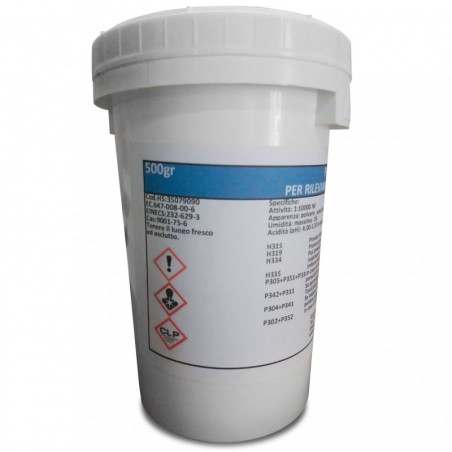According to FVE position paper, CCTV is a useful additional tool to further assist an Food Business Operators (FBOs) and their staff (AWO) and Competent Authority staff (OV and OA) in carrying out their responsibilities to protect animal welfare and ensure adequate food safety standards. It can provide a number of different benefits to employers, employees, and the public as well as animal welfare. However, it can never be a replacement for on-going, physical, on-site inspection by Official Veterinarians.
The outcome of veterinary inspections is largely dependent on capacity, authority, and support from the hierarchy of the veterinary services. FVE has expressed, on a number of occasions, its concern with respect to the on-going trend to reduce the number of controls carried out Official Veterinarians. Delegating critical inspection tasks - such as checking the health and welfare of the animals prior to slaughter – from the independent Official Veterinarian to slaughterhouse personnel, would put at risk animal health and welfare and jeopardise consumer protection throughout Europe.

A high level of awareness, training and engagement of everyone involved with live animal handling, from transportation through to slaughter, is essential. At every stage in the process animals must be treated and recognised as sentient beings, able to experience fear, to feel pain and to suffer. Animals should never be treated as objects without sentience.
CCTV cannot, under any circumstances, be used as a replacement or to facilitate a reduction in veterinary inspections by Official Veterinarians at slaughterhouses. Nevertheless, it is a useful tool to help FBOs and Official Veterinarians to do their job more effectively. UEVH/FVE recommend that, if a country introduces mandatory CCTV recording in slaughterhouses, the development of “Codes of Best Practice” documents would support effective and consistent deployment of this developing technology.
Thursday June 21, 2018/ FVE/ European Union.
http://www.fve.org





